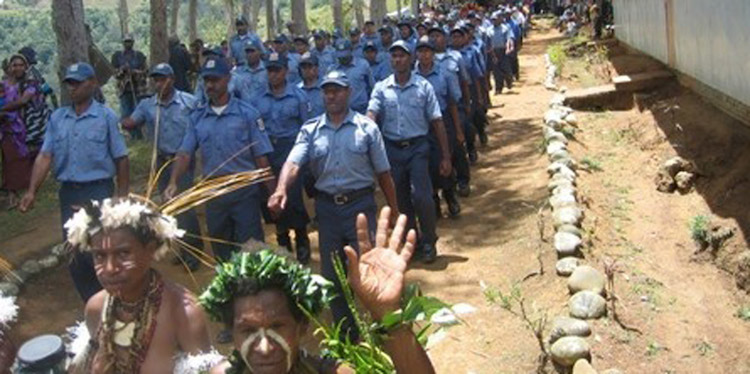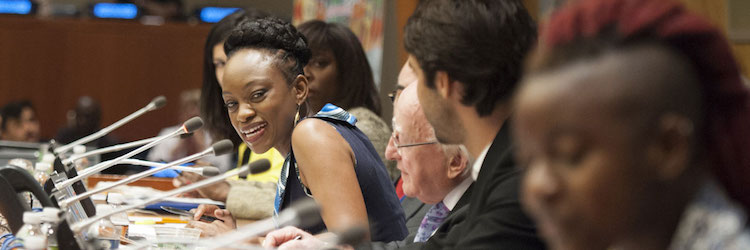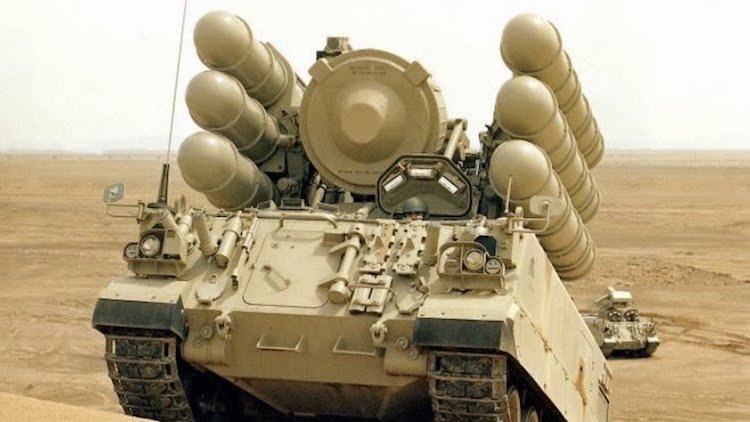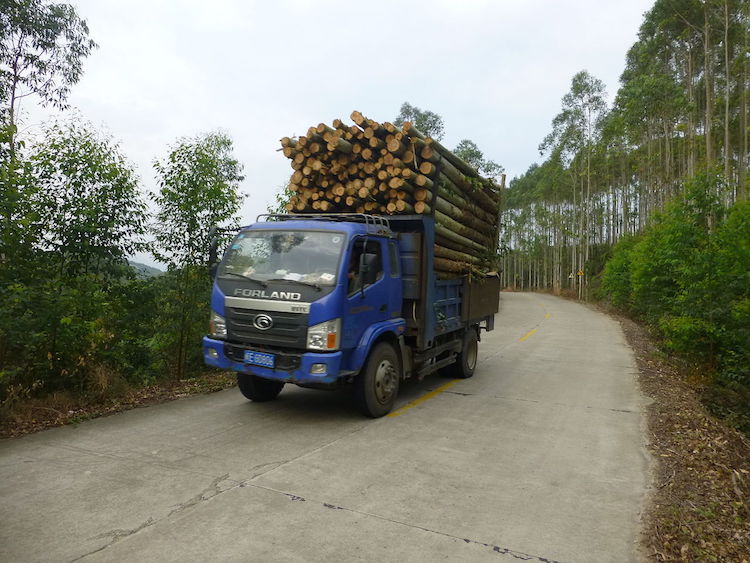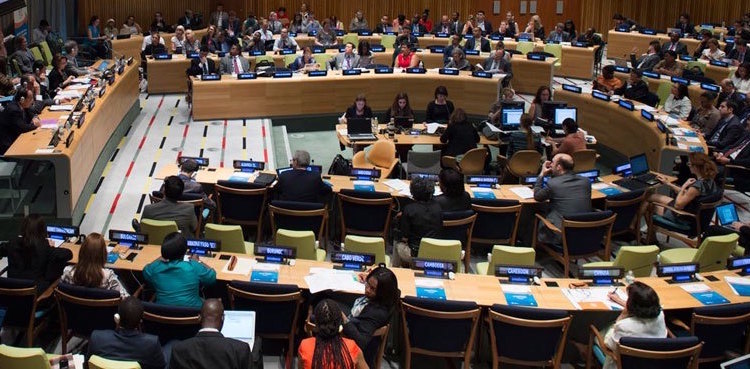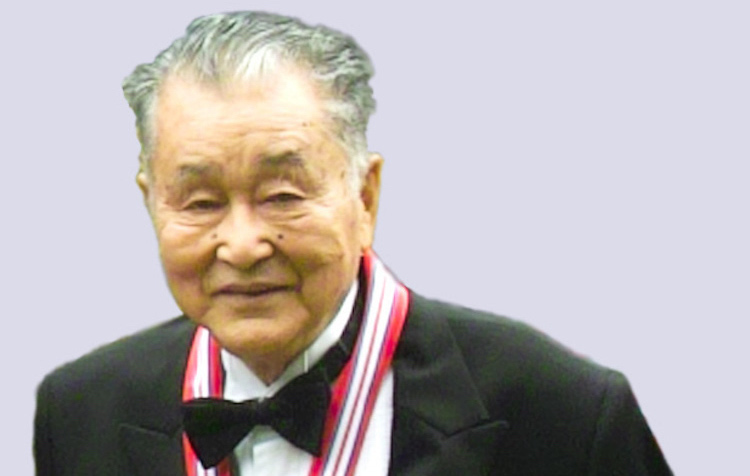Feature by Ramesh Jaura and Katsuhiro Asagiri
TOKYO (IDN-INPS) – Kennichi Suzuki is the Mayor of Ise, a city home to the Ise Grand Shrine – the most sacred Shintō shrine in Japan, dedicated to the sun goddess Amaterasu – where Prime Minister Shinzo Abe received the leaders of Canada, France, Germany, Italy, United Kingdom, the United States and the European Union on the occasion of the 2016 annual G7 summit in May.
The city – some 460 kilometres away from Tokyo – was the constituency of the late Yukio Ozaki with the pseudonym ‘Gakudo’, who served in the House of Representatives of the Japanese Diet for 63 years (1890–1953), and is still revered as the “God of constitutional politics” and the “Father of the Japanese Constitutional Democracy“.


